
Exploring the Historic Heartbeat of Amsterdam: De Wallen
Discover De Wallen: Amsterdam's historic Red Light District blending rich cultural heritage, vibrant nightlife, and unique attractions in the city's oldest neighborhood.
De Wallen, also known as Amsterdam's Red Light District, is a historic neighborhood that offers a unique blend of cultural heritage and vibrant nightlife. Situated in the oldest part of Amsterdam, De Wallen is characterized by its narrow, winding streets, picturesque canals, and centuries-old architecture. The neighborhood has been a hub of activity since the 14th century and continues to attract visitors from around the globe. Walking through De Wallen, you'll encounter an eclectic mix of attractions. The area is home to several historic landmarks, including the Oude Kerk (Old Church), Amsterdam's oldest building, which dates back to 1213. This Gothic-style church offers stunning views of the city from its tower. Nearby, you can explore the Amsterdam Dungeon, a theatrical experience that brings the city's dark history to life. De Wallen is also famous for its coffee shops, where you can legally purchase and consume cannabis. These establishments range from cozy, laid-back spots to lively venues with live music. The neighborhood's red-lit windows, showcasing sex workers, are another notable feature. While this aspect may not appeal to everyone, it's an integral part of the area's identity and regulated by the city to ensure safety and legality. Beyond its more notorious attractions, De Wallen boasts a variety of restaurants, bars, and boutiques. From traditional Dutch cuisine to international fare, there's something to suit every palate. As night falls, the area transforms into a bustling nightlife hub, with an array of pubs, clubs, and live music venues to explore. Whether you're interested in history, culture, or simply soaking up the lively atmosphere, De Wallen offers a truly unique experience.
Local tips in De Wallen
- Visit during the day for a more relaxed experience and to appreciate the historic architecture.
- Respect the local customs and regulations, especially when it comes to photography in the red light areas.
- Stop by the Prostitution Information Center for an informative perspective on the neighborhood.
- Try traditional Dutch snacks like stroopwafels and poffertjes from local vendors.
- Take a canal cruise to see De Wallen from a different perspective and learn more about Amsterdam's waterways.
Exploring the Historic Heartbeat of Amsterdam: De Wallen
De Wallen, also known as Amsterdam's Red Light District, is a historic neighborhood that offers a unique blend of cultural heritage and vibrant nightlife. Situated in the oldest part of Amsterdam, De Wallen is characterized by its narrow, winding streets, picturesque canals, and centuries-old architecture. The neighborhood has been a hub of activity since the 14th century and continues to attract visitors from around the globe. Walking through De Wallen, you'll encounter an eclectic mix of attractions. The area is home to several historic landmarks, including the Oude Kerk (Old Church), Amsterdam's oldest building, which dates back to 1213. This Gothic-style church offers stunning views of the city from its tower. Nearby, you can explore the Amsterdam Dungeon, a theatrical experience that brings the city's dark history to life. De Wallen is also famous for its coffee shops, where you can legally purchase and consume cannabis. These establishments range from cozy, laid-back spots to lively venues with live music. The neighborhood's red-lit windows, showcasing sex workers, are another notable feature. While this aspect may not appeal to everyone, it's an integral part of the area's identity and regulated by the city to ensure safety and legality. Beyond its more notorious attractions, De Wallen boasts a variety of restaurants, bars, and boutiques. From traditional Dutch cuisine to international fare, there's something to suit every palate. As night falls, the area transforms into a bustling nightlife hub, with an array of pubs, clubs, and live music venues to explore. Whether you're interested in history, culture, or simply soaking up the lively atmosphere, De Wallen offers a truly unique experience.
Iconic landmarks you can’t miss
Dam Square
Explore Dam Square, the historic heart of Amsterdam, surrounded by breathtaking architecture and vibrant city life.
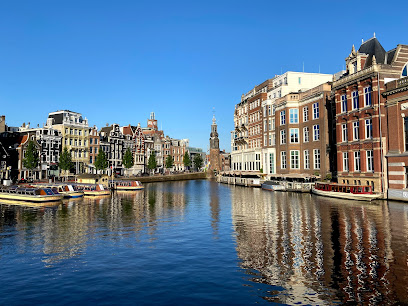
Royal Palace Amsterdam
Discover the Royal Palace Amsterdam, a stunning historical landmark showcasing Dutch royal heritage and architectural grandeur in the heart of the city.
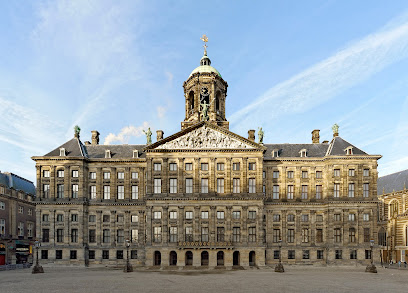
Red Light Secrets Museum
Discover the unique history and culture of sex work at the Red Light Secrets Museum, an enlightening experience in Amsterdam's vibrant red-light district.
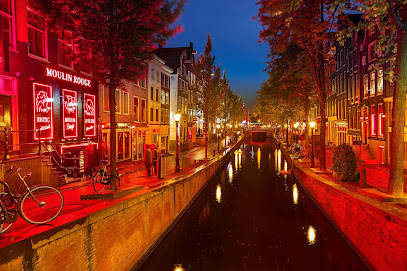
Dungeon Amsterdam
Explore the chilling history of Amsterdam at the Amsterdam Dungeon, where tales of terror and humor intertwine for an unforgettable experience.
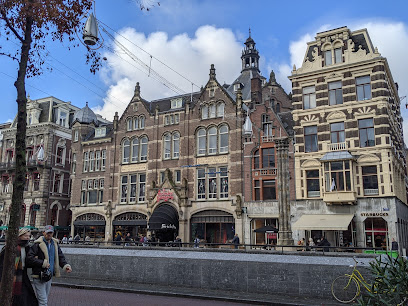
Oude Kerk Amsterdam
Explore Oude Kerk Amsterdam, a historic church-turned-art museum, where centuries of heritage meet contemporary creativity in the heart of the city.
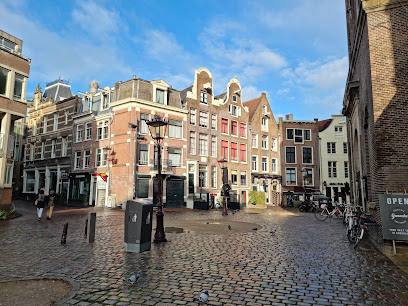
National Monument
Explore the National Monument in Amsterdam, a captivating tribute to the city’s history and resilience, surrounded by vibrant culture and architecture.
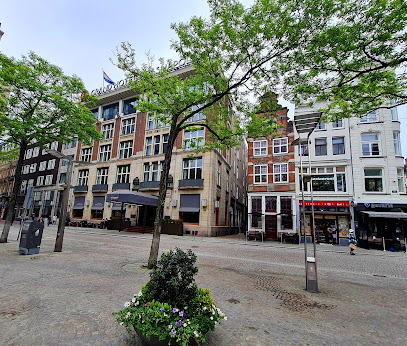
The New Church
Discover the rich history and stunning architecture of The New Church, a must-visit cultural landmark in Amsterdam's vibrant heart.
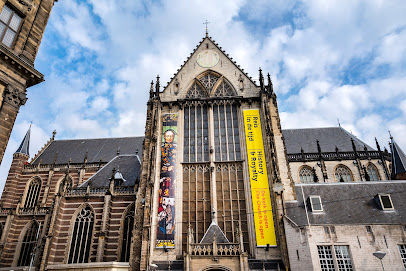
De Wallen Red Light District Amsterdam
Discover the intriguing blend of culture, history, and nightlife in De Wallen, Amsterdam's famous Red Light District.
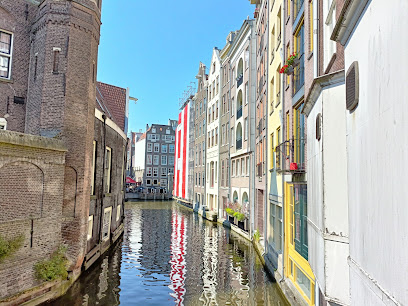
Majoor Bosshardtbrug
Experience the enchanting beauty and historical charm of Majoor Bosshardtbrug in the heart of Amsterdam's picturesque canals.
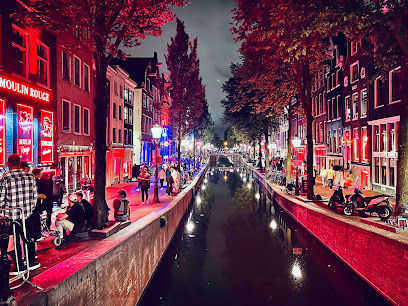
Walekerkpoort
Explore the enchanting Walekerkpoort, a historic gem in Amsterdam that showcases medieval architecture and offers a peaceful retreat in the city.
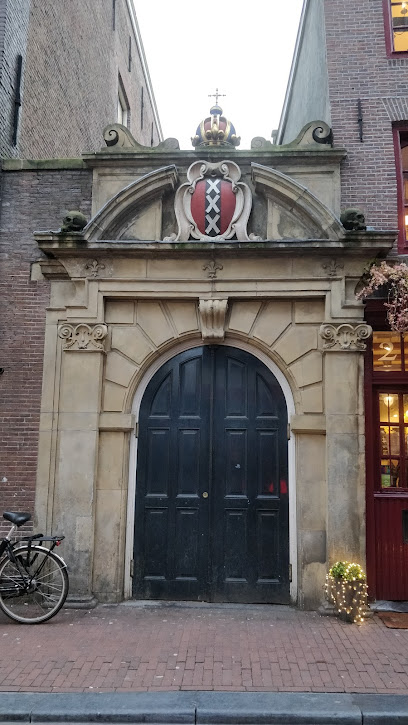
Unmissable attractions to see
Anne Frank House
Visit the Anne Frank House in Amsterdam to explore the life of Anne Frank and reflect on the enduring lessons of tolerance and human rights.
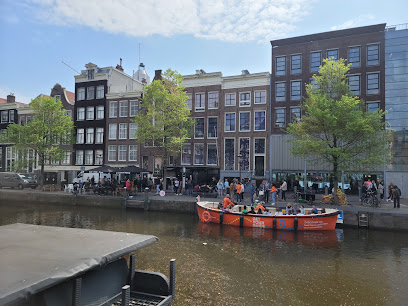
BODY WORLDS Amsterdam
Explore the fascinating world of human anatomy and health at BODY WORLDS Amsterdam, a unique museum experience in the heart of the city.
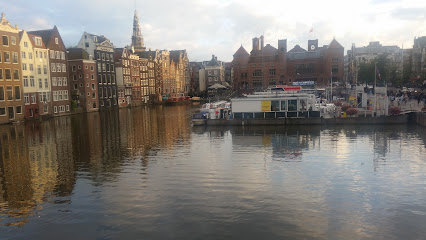
National Monument
Explore the National Monument in Amsterdam, a tribute to WWII victims, surrounded by vibrant culture and rich history in the bustling Dam Square.
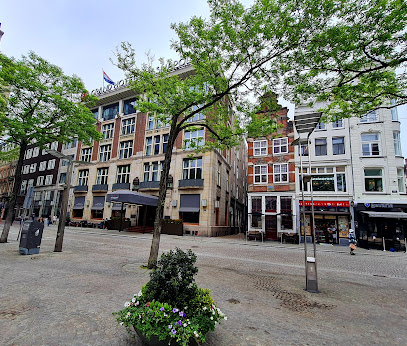
Our Lord in the Attic Museum (Former Hidden Catholic Church)
Explore the rich history of Amsterdam at Our Lord in the Attic Museum, a hidden Catholic church turned captivating museum.
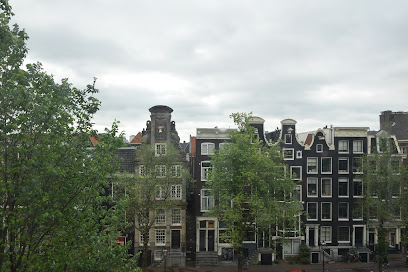
De Wallen Red Light District Amsterdam
Discover De Wallen: Amsterdam's Red Light District, where rich history meets vibrant nightlife in a unique cultural experience.

Oude Doelenstraat
Explore the historic Oude Doelenstraat in Amsterdam, where charming shops, delightful cafes, and stunning architecture await every visitor.

Walekerkpoort
Discover the rich architectural heritage of Amsterdam at the historic Walekerkpoort, a hidden gem in the heart of the city.
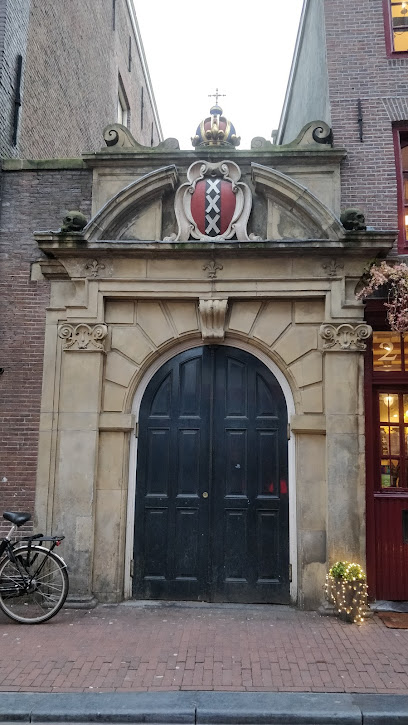
Essential places to dine
CAU Steak Restaurant
Discover authentic Argentinian flavors at CAU Steak Restaurant in Amsterdam-Centrum – where every bite is a celebration of culinary excellence.

Café restaurant van Kerkwijk
Experience authentic Dutch and continental cuisine at Café Restaurant van Kerkwijk in the heart of Amsterdam's vibrant city center.

Saint Morris Argentinian Restaurant
Experience authentic Argentinian cuisine in Amsterdam at Saint Morris - where every meal is a celebration of flavor and tradition.
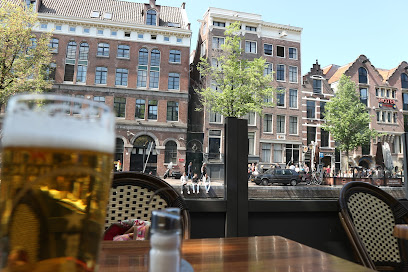
Het Karbeel
Experience authentic fondue dining at Het Karbeel in Amsterdam - where tradition meets taste in a cozy alpine setting.
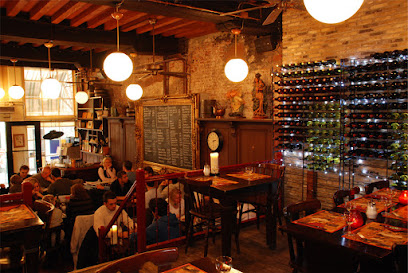
A-Fusion Food & Drinks
Experience authentic South East Asian cuisine at A-Fusion Food & Drinks in Amsterdam - where tradition meets innovation.
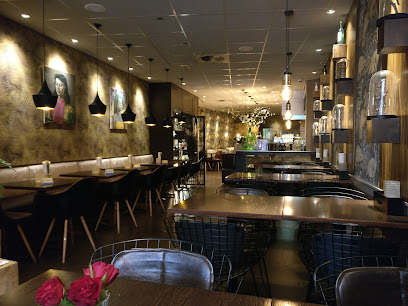
De Haven van Texel
Experience the best of Dutch cuisine at De Haven van Texel, an enchanting bistro in Amsterdam offering fresh local flavors and cozy ambiance.
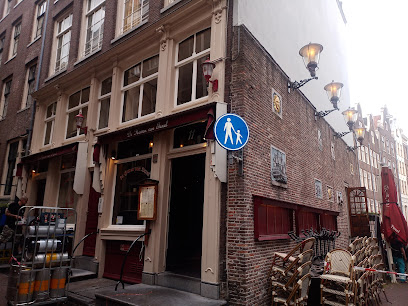
Bridges
Discover the exquisite flavors and elegant ambiance at Bridges Restaurant in Amsterdam's scenic canal district.

Restaurant The White Room by Jacob Jan Boerma
Experience unparalleled fine dining at Restaurant The White Room by Jacob Jan Boerma in Amsterdam's vibrant city center.
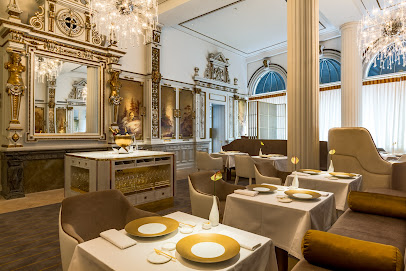
Restaurant Bellezza
Experience authentic Italian flavors in an elegant setting at Restaurant Bellezza, nestled in Amsterdam's vibrant canal district.
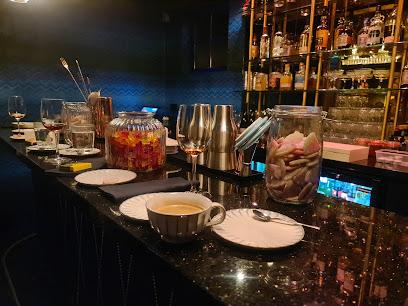
Thai food
Experience authentic Thai flavors in Amsterdam's vibrant center at this cozy restaurant offering exquisite dishes and warm hospitality.
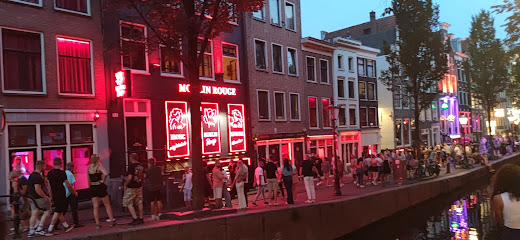
Markets, malls and hidden boutiques
Dam Square Souvenirs
Explore the vibrant Dam Square Souvenirs for unique Dutch gifts and memorable keepsakes in the heart of Amsterdam.

The Bulldog Brandstore Main
Explore The Bulldog Brandstore Main in Amsterdam for unique souvenirs, trendy clothing, and a taste of local culture in a vibrant setting.
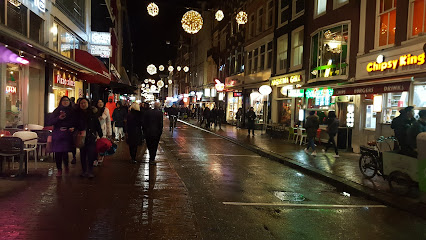
IT’S A PRESENT!
Explore the enchanting gift shop IT’S A PRESENT! in Amsterdam for unique souvenirs, home goods, and city maps that encapsulate the Dutch spirit.
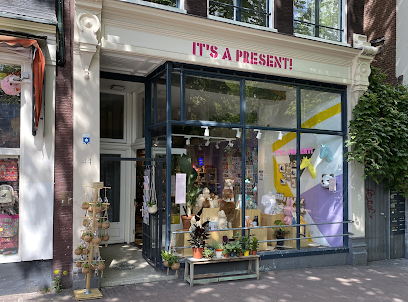
Drake's Luxury Boutique
Explore Amsterdam's premier fashion destination at Drake's Luxury Boutique, featuring exclusive collections and unparalleled service.
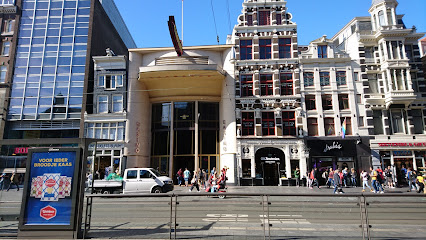
FAC Shop
Discover unique Y2K vintage fashion at FAC Shop in Amsterdam, the perfect spot for trendy finds and eclectic styles.
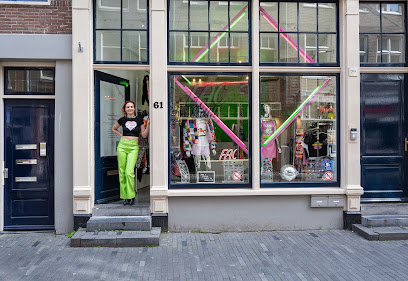
Red Alley
Explore Red Alley, Amsterdam's charming souvenir store, offering unique gifts and local crafts that capture the city's vibrant culture.
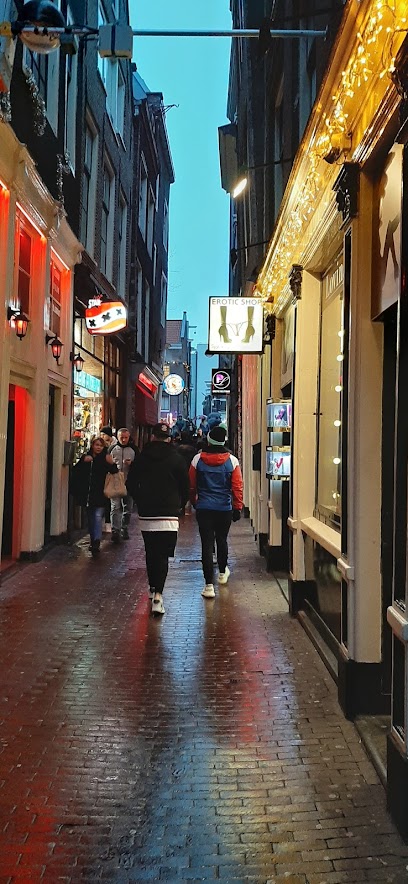
CKX Studio
Explore CKX Studio in Amsterdam for unique vintage clothing, antique finds, handcrafted souvenirs, and captivating photography that embody the city's eclectic spirit.
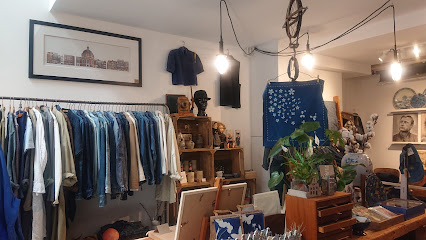
Love Boutique
Explore the stylish Love Boutique in Amsterdam, where unique fashion meets a charming atmosphere in the heart of the city.
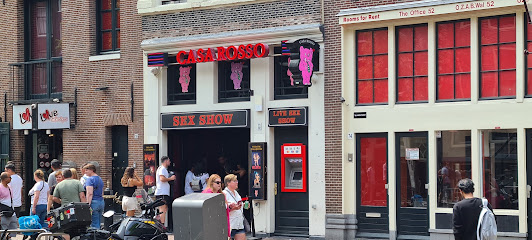
Souvenirshop
Explore the charm of Amsterdam with unique souvenirs and gifts at Souvenirshop, a delightful destination for travelers seeking local treasures.
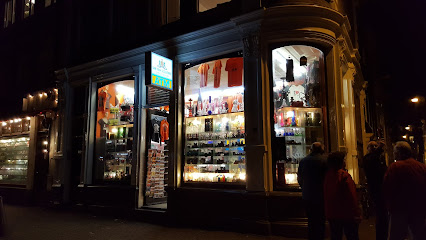
Q & Q
Explore Q & Q, a unique gift basket store in Amsterdam-Centrum, offering artisanal selections perfect for souvenirs and thoughtful gifts.

Essential bars & hidden hideouts
Café Old Sailor
Experience the charm of Café Old Sailor, a nautical-themed pub in the heart of Amsterdam, perfect for drinks, snacks, and relaxation.
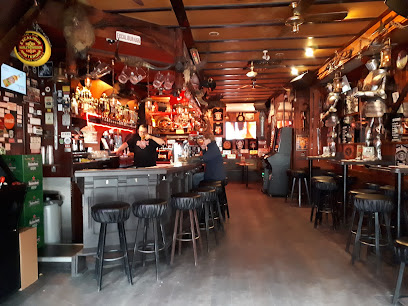
Red Light Bar
Experience the vibrant nightlife at Red Light Bar, a lively sports bar and pool hall located in the heart of Amsterdam.
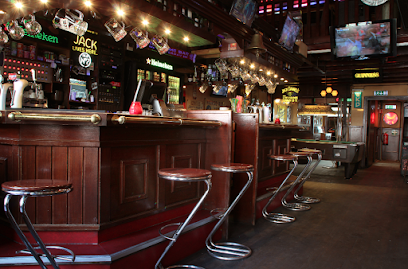
Temple Bar
Discover Temple Bar in Amsterdam - an iconic Irish pub and café blending vibrant nightlife, hearty meals, and a warm atmosphere.
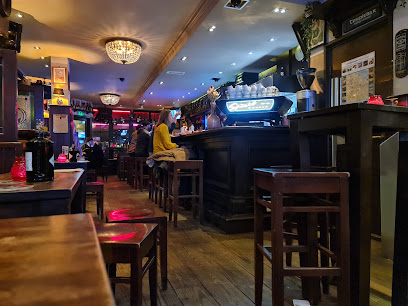
The Black Tiger Bar Amsterdam
Experience the vibrant nightlife at The Black Tiger Bar in Amsterdam, offering delicious drinks and a lively atmosphere for unforgettable evenings.
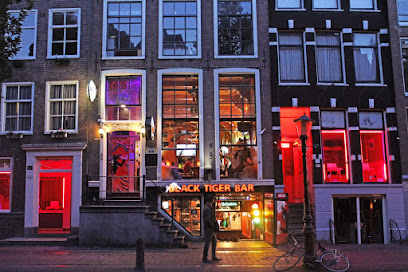
Louis Bar
Immerse yourself in the lively atmosphere of Louis Bar, a top destination for drinks and socializing in the heart of Amsterdam.
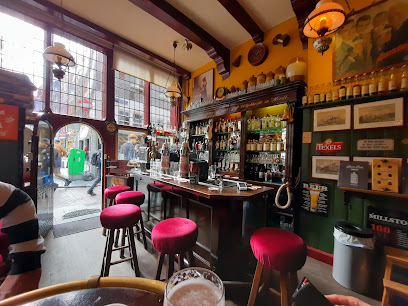
Bar Jones
Experience the vibrant nightlife of Amsterdam at Bar Jones, where expertly crafted drinks and a cozy atmosphere await you.
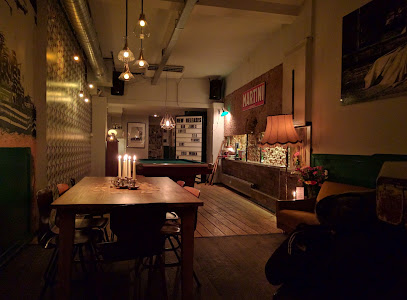
Dutch Courage
Experience the art of cocktail making at Dutch Courage, Amsterdam's premier cocktail bar blending tradition with modern creativity.
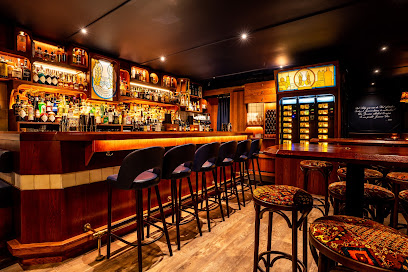
Bar TwentySeven
Discover the luxurious atmosphere and exquisite cocktails at Bar TwentySeven, Amsterdam's premier cocktail bar in the city's vibrant center.
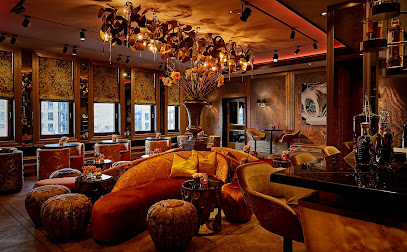
Cafe Bar The Pint
Discover the vibrant nightlife of Amsterdam at Cafe Bar The Pint, where great drinks and a lively atmosphere await you.
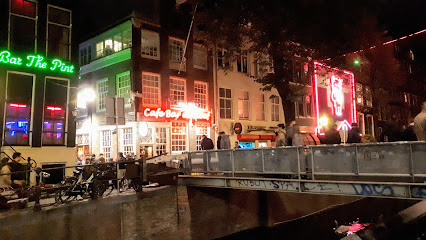
Cafe de Kroegtijger
Experience the vibrant cocktail culture of Amsterdam at Cafe de Kroegtijger, where expertly crafted drinks meet a lively atmosphere.

Local Phrases
-
- HelloHallo
[hah-loh] - GoodbyeTot ziens
[toht zeens] - YesJa
[yah] - NoNee
[nay] - Please/You're welcomeAlsjeblieft
[ahls-yuh-bleeft] - Thank youDank je
[dahnk yuh] - Excuse me/SorrySorry
[soh-ree] - How are you?Hoe gaat het?
[hoo gaat het] - Fine. And you?Goed. En met jou?
[khoot. en met yow] - Do you speak English?Spreek je Engels?
[sprayk yuh eng-gels] - I don't understandIk begrijp het niet
[ick buh-grayp het neet]
- HelloHallo
-
- I'd like to see the menu, pleaseMag ik de menukaart zien, alstublieft
[mahg ihk duh meh-noo-kahrt seen ahl-stew-bleeft] - I don't eat meatIk eet geen vlees
[ick ayt khayn flays] - Cheers!Proost!
[prohst] - I would like to pay, pleaseIk wil graag betalen, alstublieft
[ick vil khraahg buh-tah-luhn ahl-stew-bleeft]
- I'd like to see the menu, pleaseMag ik de menukaart zien, alstublieft
-
- Help!Help!
[help] - Go away!Ga weg!
[gah vekh] - Call the Police!Bel de politie!
[buhl duh poh-lee-tsee] - Call a doctor!Bel een dokter!
[buhl ayn dohk-tuhr] - I'm lostIk ben verdwaald
[ick ben vur-dwahld] - I'm illIk ben ziek
[ick ben zeek]
- Help!Help!
-
- I'd like to buy...Ik wil graag kopen...
[ick vil khraahg koh-pun] - I'm just lookingIk kijk alleen maar
[ick kike ahl-ayn mahr] - How much is it?Hoeveel kost het?
[hoo-vale kost het] - That's too expensiveDat is te duur
[daht is tuh dur] - Can you lower the price?Kunt u de prijs verlagen?
[kunt yoo duh preis vuh-raah-ghun]
- I'd like to buy...Ik wil graag kopen...
-
- What time is it?Hoe laat is het?
[hoo laht is het] - It's one o'clockHet is een uur
[heht is ayn uhr] - Half past (10)Half elf
[hahlf elf] - MorningOchtend
[okh-tuhnt] - AfternoonMiddag
[mi-dahkh] - EveningAvond
[ah-vohnt] - YesterdayGisteren
[khi-stuh-run] - TodayVandaag
[vahn-dahkh] - TomorrowMorgen
[mohr-khun] - 1Een
[ayn] - 2Twee
[tway] - 3Drie
[dree] - 4Vier
[veer] - 5Vijf
[vayf] - 6Zes
[zehs] - 7Zeven
[zay-ven] - 8Acht
[ahkht] - 9Negen
[nay-khun] - 10Tien
[teen]
- What time is it?Hoe laat is het?
-
- Where's a/the...?Waar is de...?
[vahr is duh] - What's the address?Wat is het adres?
[vaht is het ah-drehs] - Can you show me (on the map)?Kunt u mij laten zien (op de kaart)?
[kunt yoo may laht-uhn zeen op duh kahrt] - When's the next (bus)?Wanneer is de volgende (bus)?
[vahn-eer is duh fohl-huhn-duh bus] - A ticket (to ....)Een kaartje (naar ....)
[ayn kahrt-yuh naar]
- Where's a/the...?Waar is de...?
History of De Wallen
-
De Wallen, known as the oldest section of Amsterdam, traces its origins back to the late 12th century when it was established as a trading post. The area developed around the city's original dam and became a hub for commerce, influencing the growth of Amsterdam as a significant trading center in northern Europe.
-
By the 14th century, De Wallen began to evolve into a red light district, reflecting the city's progressive attitudes towards sexuality and trade. The combination of sailors arriving in port and the bustling commerce fostered an environment where sex work became a notable part of the local economy.
-
During the 16th and 17th centuries, the Protestant Reformation impacted societal views on morality and sexuality. In De Wallen, this led to increased regulation of sex work and the establishment of brothels under municipal oversight. As Amsterdam flourished during the Dutch Golden Age, the district maintained its reputation as a center for vice, yet coexisted with cultural advancements.
-
The Nazi occupation during World War II brought significant hardships to De Wallen, as many sex workers faced persecution. Post-war, the district struggled with stigma but gradually began to reclaim its identity as Amsterdam’s red light district, reflecting a more open and tolerant society.
-
In 2000, the Netherlands legalized sex work, leading to stricter regulations and protections for sex workers in De Wallen. This shift aimed to enhance the safety and rights of workers, highlighting Amsterdam's ongoing commitment to progressive policies regarding personal freedoms and human rights.
De Wallen Essentials
-
De Wallen is centrally located in Amsterdam, making it easily accessible from other neighborhoods. From Amsterdam Central Station, you can walk to De Wallen in about 10 minutes. Alternatively, take tram lines 4, 9, or 14 to the Dam stop, which is a short walk to the neighborhood. Buses also service the area, with stops near the Red Light District.
-
De Wallen is a compact area best explored on foot. The cobbled streets can be narrow, so walking allows you to appreciate the local architecture and vibrant atmosphere. Bicycles are another popular mode of transport in Amsterdam, and bike rental shops are plentiful. Public transport options include trams and buses, which can be used to venture further afield.
-
While De Wallen is generally safe, petty crime such as pickpocketing can occur, especially in crowded areas like the Red Light District. It is advisable to stay vigilant and keep your belongings secure. Avoid poorly lit alleys at night, and be cautious around the more seedy establishments, particularly along the canals. Always trust your instincts and avoid confrontational situations.
-
In case of an emergency, dial 112 for police, fire, or medical assistance. For non-emergency police matters, you can contact 0900-8844. The nearest hospital is the Amsterdam UMC, which is accessible by tram. Always carry a copy of your travel insurance and identification in case of emergencies.
-
Fashion: Do dress comfortably and casually; however, avoid overly revealing clothing, especially in religious sites. Religion: Do respect the local customs, particularly in churches. Public Transport: Do validate your ticket before boarding and be courteous to fellow passengers. Don't eat or drink on trams and buses. Greetings: Do greet with a friendly 'Hallo' or 'Goedemorgen', and a smile. Eating & Drinking: Do try local specialties like stroopwafels and Dutch pancakes. Don't engage in loud or disruptive behavior in cafés or restaurants.
-
To experience De Wallen like a local, consider visiting the smaller, lesser-known cafés and bars rather than the tourist-heavy spots. Explore the area's rich history by taking a guided tour that delves into the stories behind the buildings and the infamous Red Light District. Visit the Oude Kerk, a historic church that offers a glimpse into Amsterdam's past. Additionally, check out local events or exhibitions at nearby cultural venues to immerse yourself further in the local scene.
Nearby Cities to De Wallen
-
Things To Do in Haarlem
-
Things To Do in Utrecht
-
Things To Do in Leiden
-
Things To Do in Amersfoort
-
Things To Do in The Hague
-
Things To Do in Delft
-
Things To Do in Rotterdam
-
Things To Do in Arnhem
-
Things To Do in Zwolle
-
Things To Do in Nijmegen
-
Things To Do in Eindhoven
-
Things To Do in Antwerp
-
Things To Do in Groningen
-
Things To Do in Mechelen
-
Things To Do in Knokke-Heist













